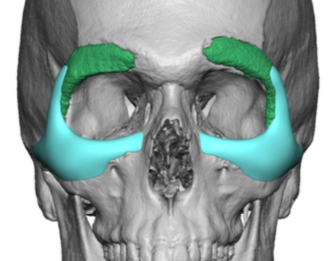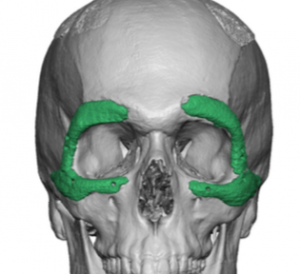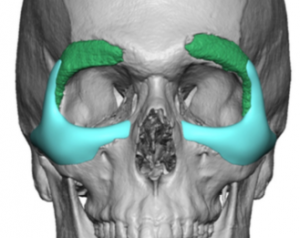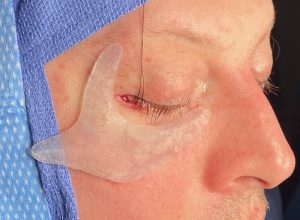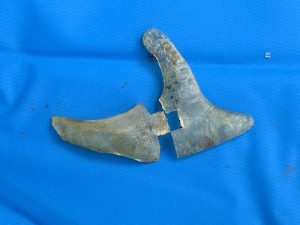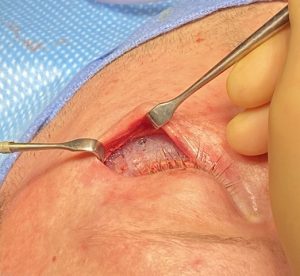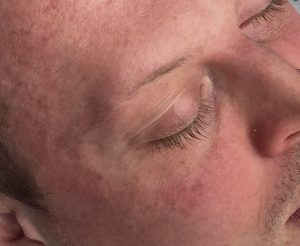Background: Aesthetic augmentation of the orbit is most commonly associated with the standard infraorbital rim or tear trough implant. While effective for the limited problems they are designed to treat, they are unable to affect the vast majority of the orbit rims and other bones attached to it. There is where custom implants and their ability to encompass any aspect the orbital rim and surrounding bones is a game changer for aesthetic periorbital options.
The orbital rim circumferentially surrounds the eye and augmentations of it have been done for selective areas of both the supraorbital rim (brow bones) and the infraorbital rim. But the lateral orbital rim has rarely ever been augmented as the indications for it are not usually recognized. One the primary objectives of orbital rim augmentation is to help the eye that sticks out too far become less prominent. The lateral orbital rim is one of three rim components that can do so.
Since the lateral orbital rim is but very rarely augmented by itself, it is usually done as part of other orbital rim involvement. This could a supralateral orbital rm augmentation if the infraorbital projection is adequate. Or it could be an infralateral orbital rim augmentation if the lateral brow bone has adequate projection. In some cases the ‘three-quarter’ or 270 degree near circumferential augmentation of the orbital rims is to help the appearance of eye pseudoptosis.
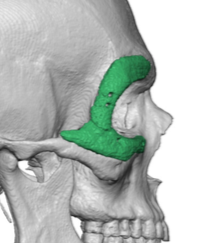
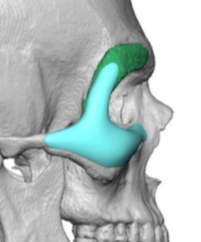

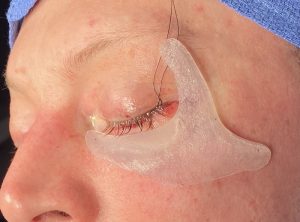

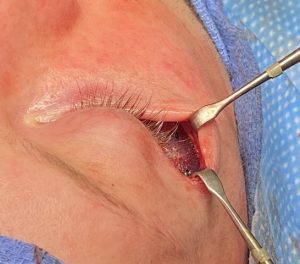

Augmenting the orbital rims in a circumferential manner for a precise effect can only be done using a custom implant design. Getting the implants into position is the challenge and various techniques are needed to do so with a limited scarring outcome.
Case Highlights:
1) Widening the narrow facial appearance around the eyes requires augmentation of the outer half of the orbital rims.
2) The zygomatico-orbital complex is a tripod structure whose inner legs wrap round the infralateral orbital rims while the outer leg heads out onto the zygomatic body and arch.
3) The tripod custom infralateral orbital rim-malar implant can be placed through a lower eyelid incision but may require a geometric split technique to do so.
Dr. Barry Eppley
Indianapolis, Indiana

